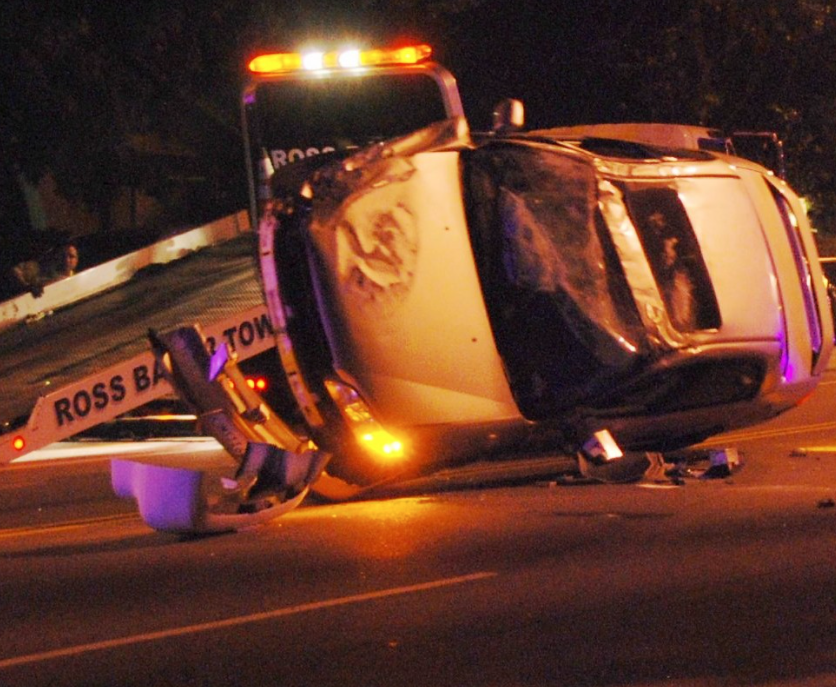When President Biden signed the $1.2-trillion infrastructure bill on Monday, he laid the groundwork for ending drunk driving as we know it.
The bipartisan measure includes a mandate forcing automakers to add existing software to new cars to curtail impaired motorists from striking people on the road by directing the National Highway Traffic Safety Administration to identify the technologies that could be used to prevent drunk driving, and giving automakers three years to install the NHTSA-recommended mechanisms into new vehicles.
“This bill would make drunk driving prevention technology as standard as seat belts and airbags,” said Alex Otte, Mothers Against Drunk Driving National President. “We were trending in wrong direction.”
Inebriated drivers kill some 10,000 people each year and injure another 300,000 people, according to the National Safety Council, a figure that is half the amount that occurred when MADD was founded four decades ago.
But drunk driving deaths have increased during the pandemic along with all traffic fatalities. Last year there were 11,000 deaths due to drivers under the influence even though the number of vehicle miles traveled had fallen. In the first half of this year, there were 20,160 traffic deaths, an 18-percent increase from the first six months of 2019.
By the end of the year, there could be 12,500 DUI deaths, federal safety experts estimate. But the new law could conceivably save roughly 9,400 lives from vehicular crashes once it was implemented, according to MADD.
“We plateaued for a long time,” said Ken Snyder, a vehicle technology expert and Executive Director of the Shingo Institute at Utah State University. “We haven’t done everything we can to stop it and it was time to try a different approach than just the enforcement and legal restrictions.”
So far there are nearly 250 separate technologies that currently exist that can be applied to detect and deter reckless driving, including several widely used programs like lane assist and blind spot cameras. These innovations largely fall into three categories: cameras and sensors on the outside of a car that spot objects in the road, cameras and sensors inside of the car that monitor a driver’s condition, and devices that sense the presence of alcohol in a driver’s breath and sweat.
“Any one of them alone could stop drunk driving deaths,” Snyder said. “You can put an algorithm in and if you cross a certain threshold the car can say this driver is driving impaired we need to pull car over and park it.”
The Biden plan does not call for existing cars to receive safety upgrades for tracking impaired or distracted driving. But Snyder, whose daughter was killed in a drunk driving crash, said it’s possible for automakers to update the software for newer vehicles. He spent months learning how the different types of safety components worked so he could become comfortable enough advocating for technology to be included in the infrastructure plan.
“With all this cool technology used for self-driving cars, I couldn’t believe you couldn’t use those to prevent drunk driving, so I called my friends in industry and they said, 'Yes it could be used that way,'” Snyder said.
Automakers had fought these provisions when they were winding their way through congressional committees. Now their focus turns to pressuring the regulatory agencies to adopt the technologies as swiftly as possible.
Otte, who went to the White House on Monday afternoon for the bill signing ceremony, wants automakers to fall in line.
“We know the auto industry can do this, we’re excited to see them do the right thing, and we hope they can do it as quickly as possible to save the most lives and prevent the most amount of injuries,” Otte said.






